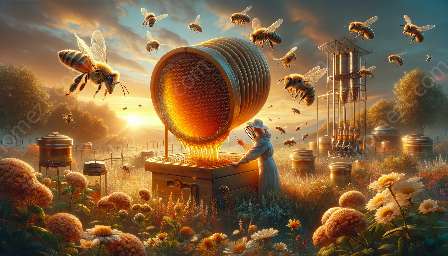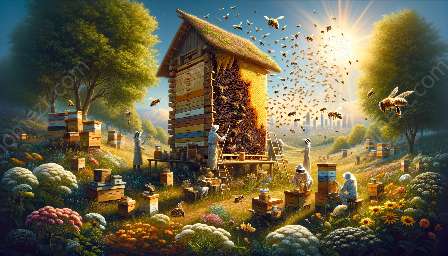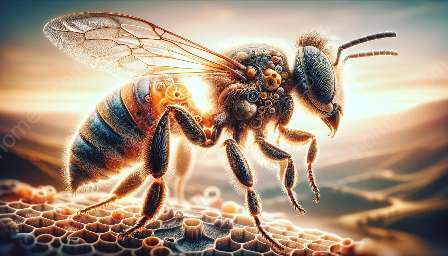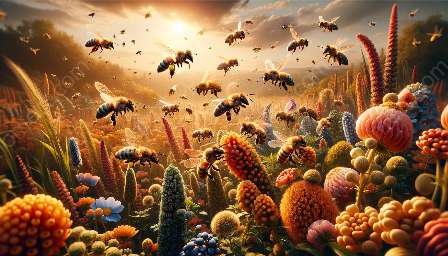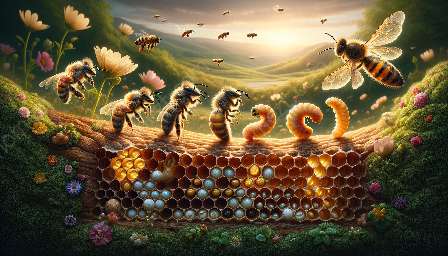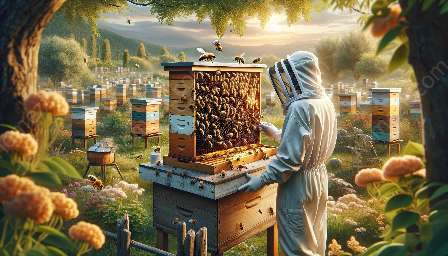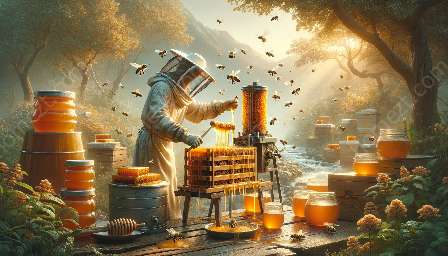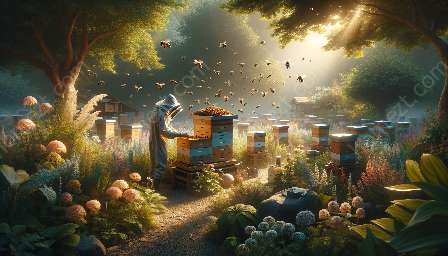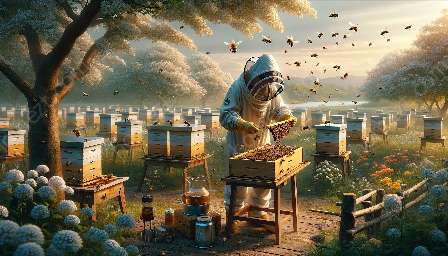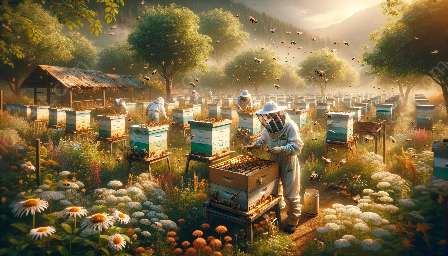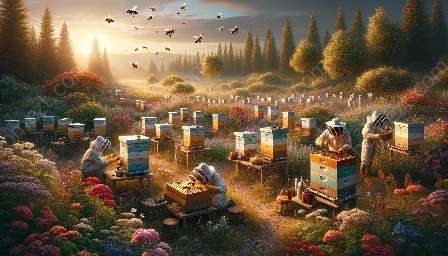Beekeeping regulations are essential for ensuring the safety of both bees and humans, as well as maintaining a sustainable environment. In this comprehensive guide, we will explore the regulations surrounding beekeeping, best practices for beekeepers, and effective pest control measures.
Beekeeping Regulations
When it comes to beekeeping, regulations vary from region to region. It is important for beekeepers to familiarize themselves with local laws and regulations governing the keeping of bees. These regulations typically cover the location of hives, distances from property boundaries, and the number of hives allowed within a certain area.
In addition to local regulations, beekeepers may also need to comply with state or national regulations related to beekeeping. These regulations often focus on disease management, hive registration, and the transportation of bees and bee products.
Best Practices for Beekeepers
Regardless of the regulations in place, beekeepers should adhere to best practices to ensure the health and well-being of their bees. This includes providing adequate food and water sources, monitoring the hive for signs of disease, and maintaining a clean and well-ventilated hive.
Furthermore, beekeepers should also consider the impact of their beekeeping activities on the surrounding environment. This may involve planting bee-friendly flora, limiting the use of pesticides near hives, and practicing responsible hive management techniques.
Pest Control in Beekeeping
Pest control is a crucial aspect of beekeeping, as pests such as varroa mites, wax moths, and small hive beetles can pose significant threats to bee colonies. To effectively manage pests, beekeepers can use a combination of physical, cultural, and chemical control methods.
Physical control methods may include the use of screened bottom boards, while cultural control methods involve maintaining strong and healthy colonies through proper nutrition and hive management. Chemical control methods, when used, should be applied judiciously and in accordance with regulations to minimize harm to bees and the environment.
Conclusion
By understanding and adhering to beekeeping regulations, adopting best practices, and implementing effective pest control measures, beekeepers can contribute to the sustainability of bee populations and the overall health of the environment. Whether you are a seasoned beekeeper or considering starting your own beekeeping venture, it is crucial to stay informed and proactive in promoting the well-being of bees.


